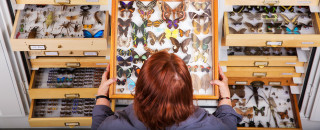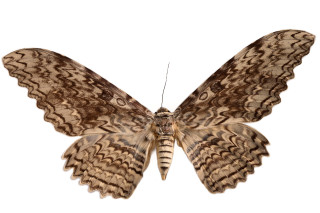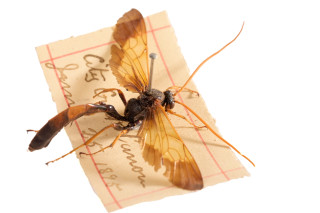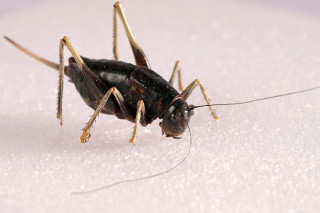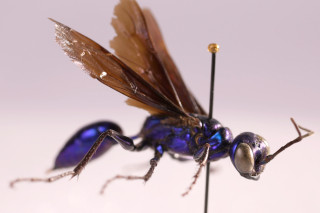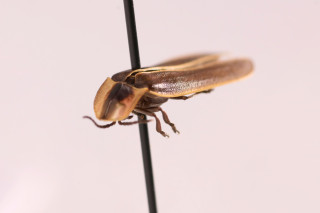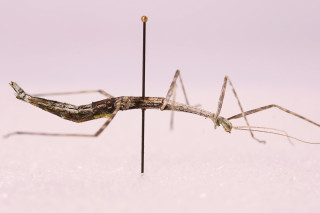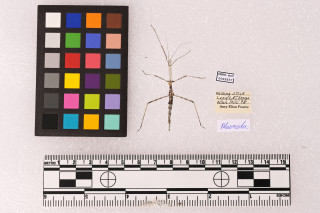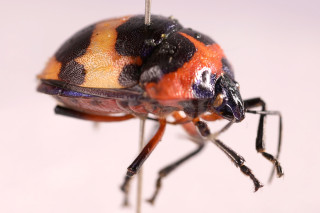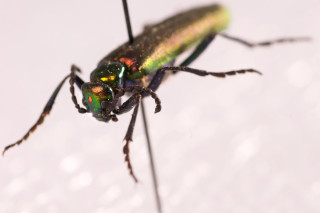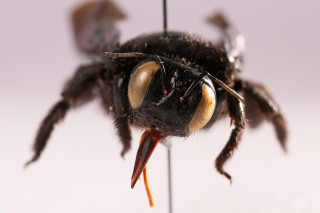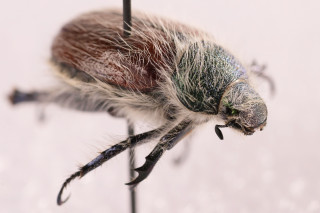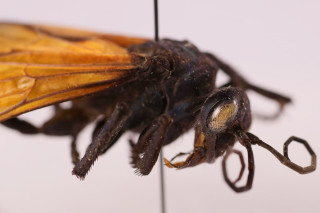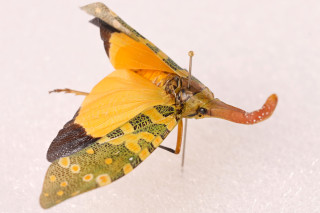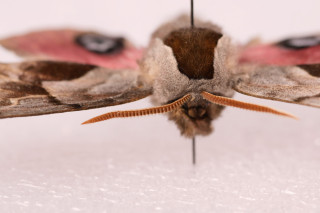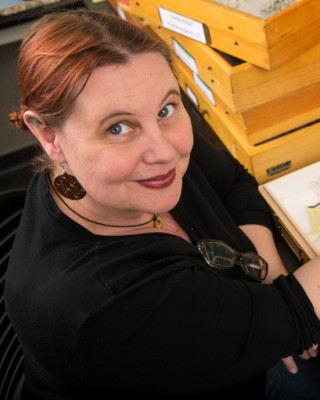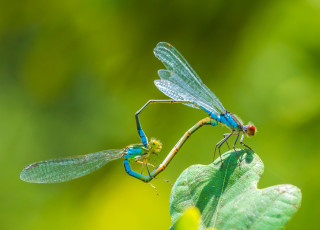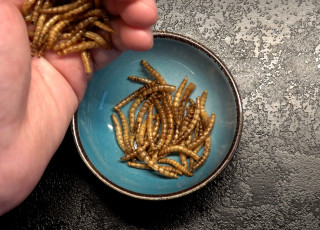Invertebrate Zoology
The Invertebrate Collections at NHMU consist of insects, arachnids, leeches, and mollusks. Our specimens are kept pinned, papered, frozen, and in alcohol. With specimens dating back to the late 1800s, we have a lot of history to care for! The collection was built by hundreds of people, both academics and laypeople, painstakingly turning their curiosity about the natural world into valuable specimens that tell stories about the ecology of a time and place. It’s our job to balance caring for these exquisitely beautiful and delicate specimens so they can continue to be of value to future generations, while also sharing them with the widest audience possible in the here and now.
Work in the collection is conducted by wonderful volunteers of all ages and college interns. We are constantly adding new specimens to our database. Additionally, we work with our citizen science coordinator and partners throughout the intermountain west to document the bioluminescent fireflies of western North America.
Though we’re unable to share all of the specimens we hold in our exhibit spaces, you can access almost all our holdings at these databases: entomology and arachnids and non-insect invertebrates. Please let us know if you have any questions about the information you find here.
If you have a specimen that you would like identified, there are many resources available that can help with an identification such as iNaturalist, the Utah State Extension offices located throughout Utah, or a variety of specialized Facebook groups such as “Insect Identification”.
If you have a medical question, such as a bug bite, please contact a physician as we are unable to answer questions of that nature.
For questions about donating specimens, please contact the invertebrates collections manager, and please note we are not accepting donations of marine shells at this time.
Did you know...
Our oldest entomology specimen is from 1893!
